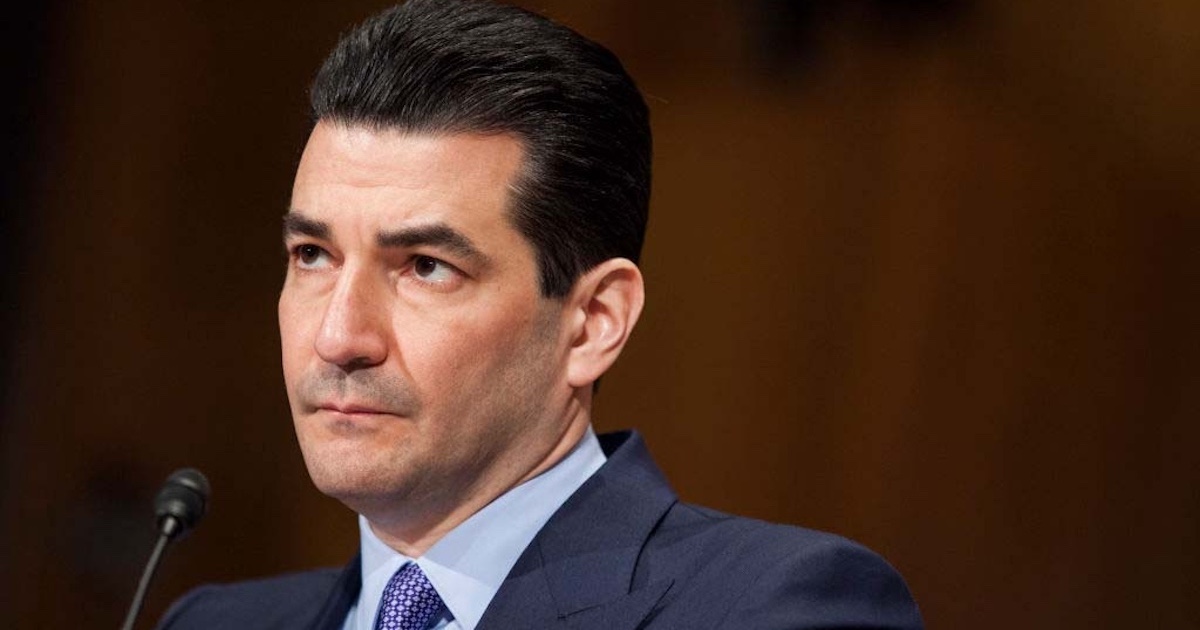So just what is a "care team" anyway?
Thanks to digital health tools and the trend toward delivering care outside the hospital or clinic, healthcare providers are redefining the team approach. No longer does it just mean the doctor, nurse and few others in the hospital or clinic – now it extends out to family caregivers, friends, home healthcare providers, specialists, therapists and pharmacists.
"Everyone involved has their own view of what is happening to the patient, and each view is different … and important," says Sean Slovenski, CEO of Intel-GE Care Innovations. "They all play a part, and get alerts in their portal, as well as resources and tools."
Whereas the care team once existed only within the hospital or clinic, it now extends in many different directions. mHealth technology has helped to connect these disparate points via real-time smartphone communications, portals and mobile access to the electronic health record.
To Paul Kusserow, CEO of the home healthcare company Amedisys, these connections have helped both providers and patients.
[See also: Above the EMR: Care teams use the cloud to close gaps]
"Over the past few years, technology has helped enable clinicians and patients," he said. "Clinicians can do more for our patients inside their homes. (Technology) has allowed us to access patients in more remote locations and allowed us to capture data on our patients that can be used to provide for the best health outcomes. For patients, technology has allowed them to feel safer and more connected in their homes - biometric monitoring and passive sensors, for example. (This allows) patients to feel more at ease knowing they are connected to care providers and socially to their loved ones and family."
The primary driver in using mHealth in care coordination has been to address gaps in care – such as when a patient moves from one location to another, or responsibilities are handed off from one member of the care team to another, or a message or data needs to be sent. Technology has helped ease those transitions, Slovenski and Kusserow say, but it hasn't solved all the issues, and sometime it has created new ones.
Imagine an app that doesn't work properly, or can't access the data a home health aide needs to properly treat a patient. How about a home health monitoring device that isn't accurate or reliable, or one that is hacked or rendered useless by malware.
"The main concern with technology will be its accuracy and its ability to simply work," Kusserow pointed out. "It is of paramount importance that these technologies (e.g. sensors) provide highly accurate data and actionable analytics to decision makers. At the end of the day, the failure to do so directly impacts the well-being of the patient. If it all works, the relationship between the patient and care provider should be strengthened; it allows more people to become caregivers and patients to be more comfortable."
"In traditional healthcare, data is collected from points in time," added Slovenski. "What you're getting are data snapshots – very sporadic, perhaps helping (the clinician) see what's going on, but there's a lot of life that happens in between."
Last month, Intel-GE Care Innovations partnered with the Stanford Center on Longevity to host a "hackfest." Titled "The CI Hackfest: Redefining the Care Team," the event – at which Kusserow delivered the keynote address – sought to highlight the various technologies available to care providers, be they clinicians, family members or home healthcare workers.
Slovenski said the focus of the event wasn't necessarily on the technology itself, but on how it's being used to "understand the human dynamic."
"You're in an environment where you want to lock eyeballs with people," he said. "But that environment is changing." That's where the care team comes into play, he said, and where it's important to create a network that motivates each member to participate. How can caregivers use technology to give the clinician a better sense of the patient's life in between the tests, visits and readings? And how can they motivate the patient to follow a care plan when he or she is out of the hospital and away from the doctor's office and health aide?
"Technology can only go so far," added Slovenski. "If you get to the root, it's a motivational issue. Find out what works and what doesn't – it's definitely not a one-size-fits-all approach – and fashion a care plan around that."
Another issue: Reimbursement. Healthcare hasn't gotten around to figuring out how to pay doctors for their time away from the patient, both Slovenski and Kusserow pointed out, so doctors are more inclined to resort to visits and procedures that they can be paid for. Both hope that will change as value-based concepts take hold.
"Reimbursement for these technologies should mirror the way we are being reimbursed, with a focus on quality," Kusserow said. "If these technologies drive great clinical quality and improve outcomes of patients, then there is a case for reimbursement."
In the end, says Slovenski, mHealth technology will only work if there's a good reason to use it, and it works. That's why it's important to expand and redefine the care team – and include all of them in the care plan. It may be as complex as a smartphone-based alert system that routes to the right caregiver at the right time in case of emergency, or as simple as one of those solar-powered sunflowers slipped into a home health monitoring kit to remind both patient and nurse to step on the scale each day.
See also:
mHealth changes the game for transitional care
Care coordination begins with communication


